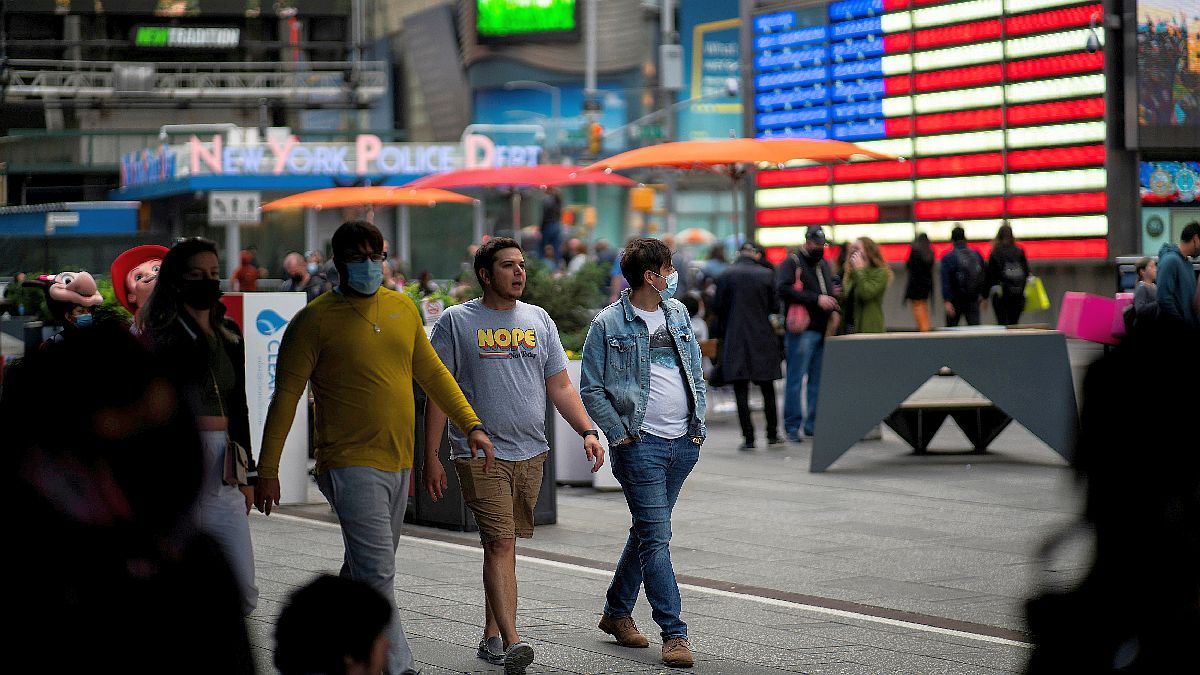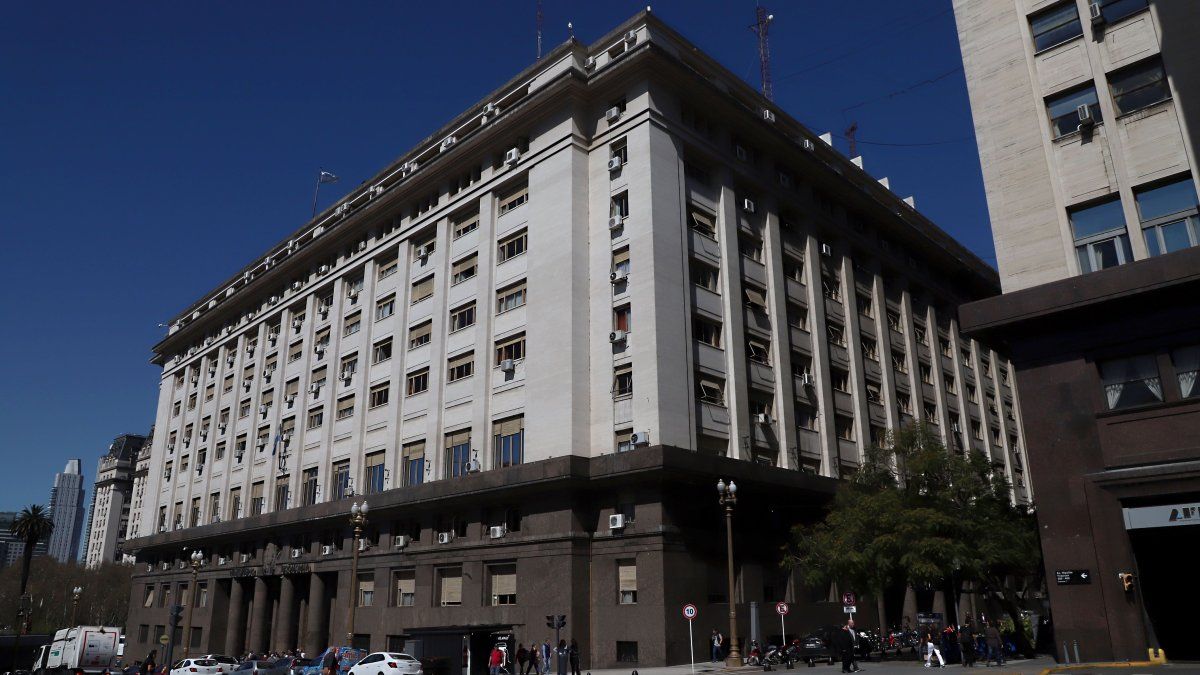Economists polled by Reuters had forecast the headline CPI to rise 0.6% and the core one 0.4%. Inflation is accelerating again as the economic drag from the summer wave of COVID-19 infections, driven by the Delta variant, fades and supply bottlenecks persist. Billions of dollars of pandemic aid from governments around the world fueled demand for goods, leaving supply chains overstretched.
The pandemic, which has lasted for almost two years, disrupted labor markets, causing a global shortage of workers needed to produce raw materials and move goods from factories to consumers. The government had reported on Tuesday that producer prices in the United States rose sharply in October, reversing a deceleration trend in the monthly PPI that had taken hold since the boreal spring.
While the Federal Reserve last week reaffirmed its belief that “(current inflation) is expected to be transitory,” most economists are skeptical, also pointing out that wages are rising sharply as companies are fighting over Workers. “The supply disruptions and the recovery in services raise substantial concerns that higher-than-forecast inflation may persist longer than the Fed believes,” said Sam Bullard, a senior economist at Wells Fargo in Charlotte, Carolina. North.
“We expect inflation in goods to give way to services over the next year, but all indications are that supply chain bottlenecks will continue to fuel the fire of inflation in the short term,” he added. The Federal Reserve began this month to reduce the amount of money it injects into the economy through monthly bond purchases. The inflation measure preferred by the US central bank for its flexible 2% target increased to 3.6% year-on-year in September. The recovery in the world economy is driving up oil prices. Brent crude is up more than 60% this year.
The U.S. Energy Information Administration on Tuesday projected a small increase in gasoline prices for 2021 and 2022 in its latest Short-Term Energy Outlook, compared to its forecast last month. In the face of labor shortages, companies hold on to their workers. In another report on Wednesday, the Labor Department said initial claims for state unemployment benefits fell 4,000 to a seasonally adjusted 267,000 in the week ended Nov. 6.
This is the lowest level since mid-March 2020, when the economy nearly came to a halt under the onslaught of lockdowns and business closures aimed at curbing the first wave of COVID-19 infections. Still, claims for reimbursement, which have been declining for six consecutive weeks, are a considerable distance from their pre-pandemic level.
Source From: Ambito
David William is a talented author who has made a name for himself in the world of writing. He is a professional author who writes on a wide range of topics, from general interest to opinion news. David is currently working as a writer at 24 hours worlds where he brings his unique perspective and in-depth research to his articles, making them both informative and engaging.




